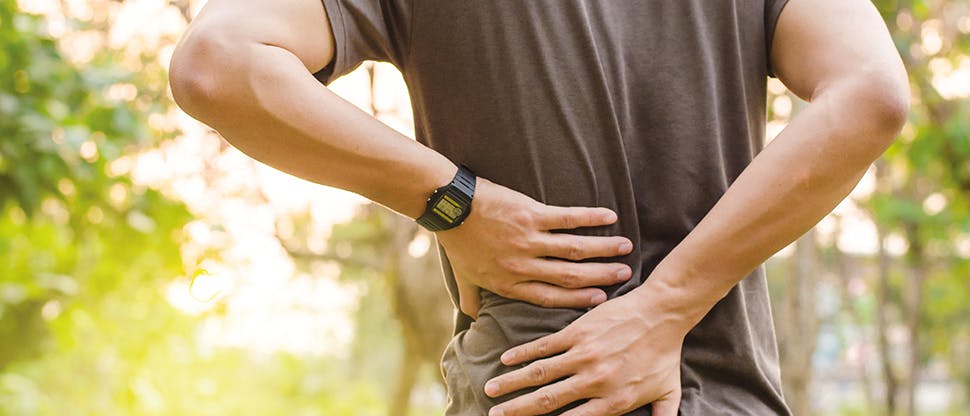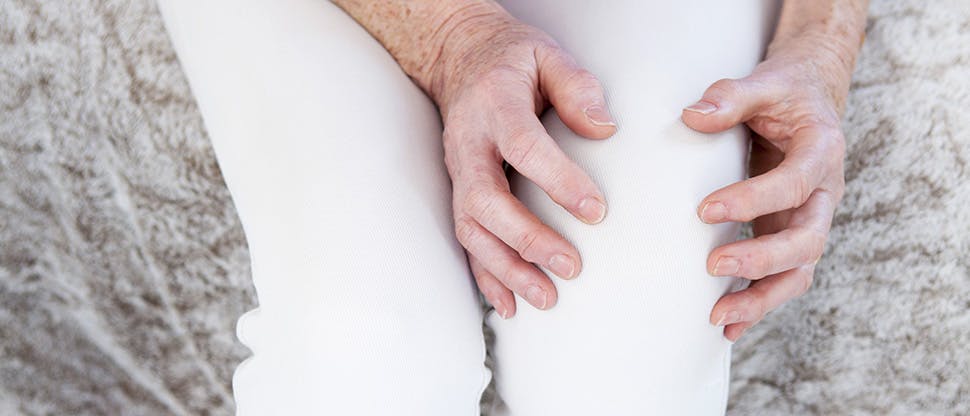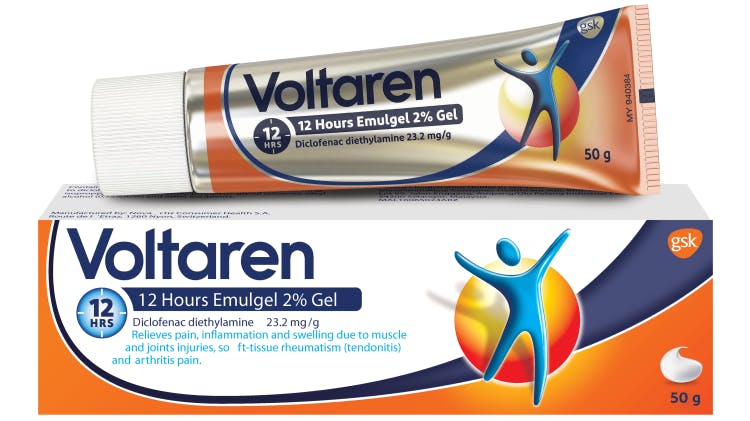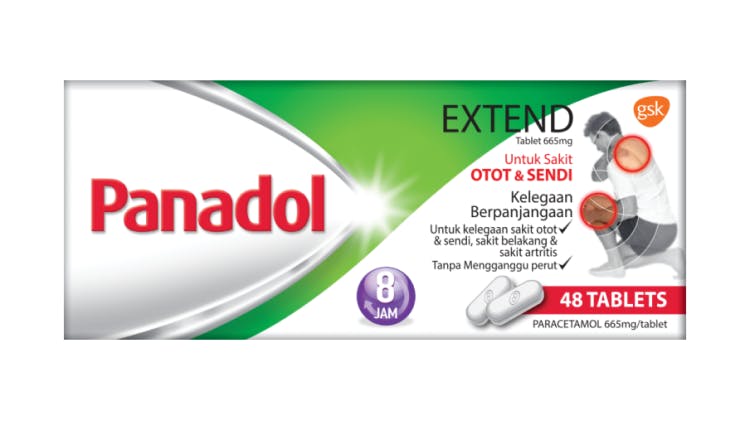Joint pain and osteoarthritis: Signs and symptoms

Recognising joint pain and osteoarthritis
Osteoarthritis is a progressive condition1 that can lead to significant physical2 and psychosocial3 impact for patients.
Here we review the signs and symptoms of osteoarthritis to help you identify this disorder.

Signs and symptoms of osteoarthritis
Osteoarthritis most commonly affects the knees, hips and hands.4–7
Osteoarthritis is characterised by:4,7–9
- Activity-related joint pain/stiffness
- Morning joint stiffness or stiffness after activity that normally resolves in 20–30 minutes
- Possible swelling
- Possible crepitus – a crackling, grating or crunching sound that occurs with joint movement
- Impaired function
Knee pain most commonly develops slowly but can also have a sudden onset, and may be aggravated by climbing stairs or rising from a chair.9
Understanding joint pain and osteoarthritis
Overview of sprains and strains
Find out about how common sprains and strains are, and meet two patients with these problems.
Learn more

Voltaren 12 hours Emulgel 2% for joint pain and osteoarthritis
Up to 12 hours of relief from joint pain.13

Patient care resources
Access a leaflet for your patients which can help them understand the causes of joint pain and how best to treat it.
